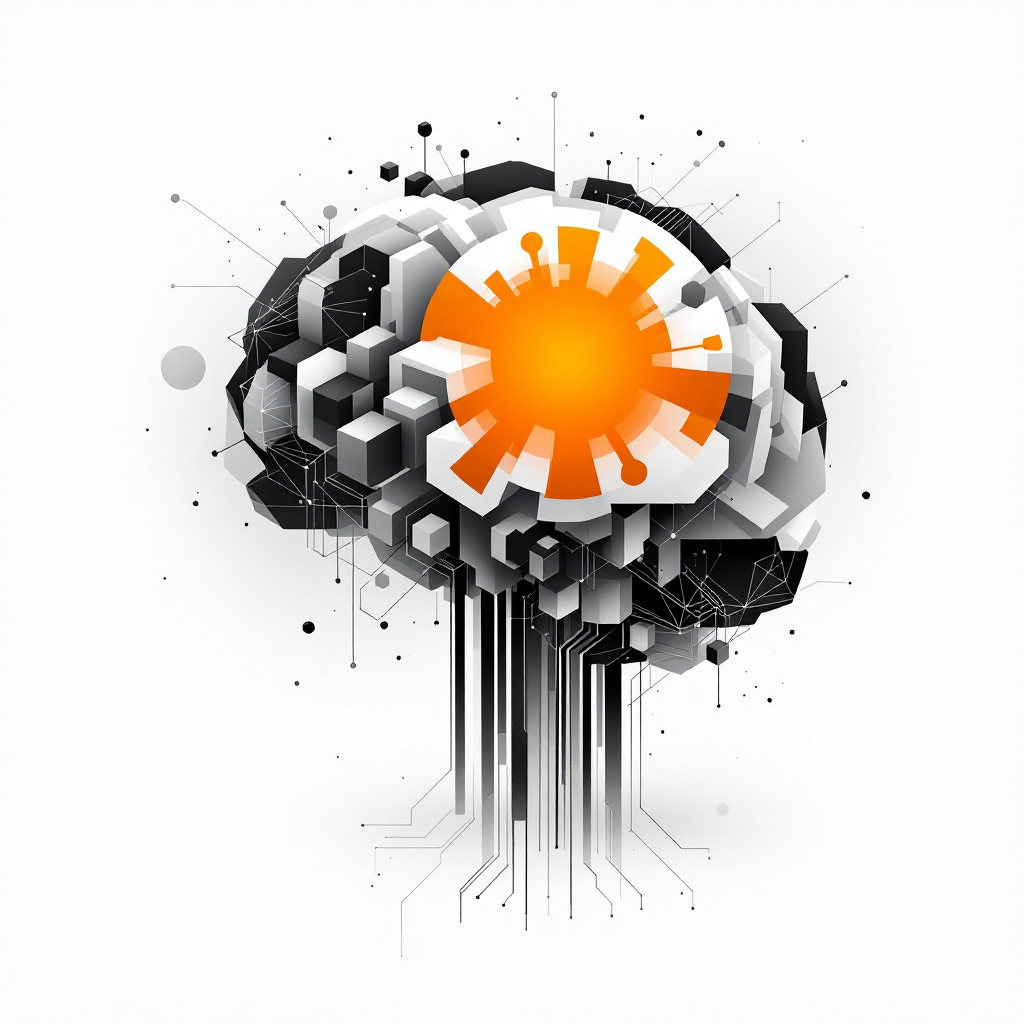.png)
AI’s Next Big Move Isn’t Technical. It’s Cultural

AI’s Next Big Move Isn’t Technical—It’s Cultural
Let’s get real for a second. It’s not the lack of AI tools that’s slowing companies down. It’s the lack of readiness. So the question isn’t when to implement generative AI. It’s whether your organization is built to absorb it.
According to Harvard Business Review’s recent survey, 83% of executives agree that companies in their industry that don’t adopt Gen AI are going to get left behind. That’s not a subtle warning. That’s the business equivalent of an airhorn in a boardroom.
But here’s the catch: only 48% believe their organization is ready to adopt it.
That gap—between urgency and execution—is where most organizations will either leap forward or stall out. And it’s not a tech problem. It’s a leadership problem.
Why AI Strategy Is More Like Change Management Than IT Deployment
Executives are finally seeing that gen AI is less about writing better prompts and more about managing risk, culture, and expectations. The most common barrier? It’s not budget. It’s not even data quality. It’s risk—ethical, legal, and reputational.
The smart companies? They’re treating AI rollouts like strategic change programs. Take Eversana, for example. Their AI council doesn't just fund projects. It greenlights use cases that are regulatory-compliant, strategically aligned, and supported with hands-on training.
They’re not asking, “What can AI do?” They’re asking, “How can our people trust AI enough to use it well?”
Generative AI Isn’t Optional. But Half Measures Won’t Cut It.
Here’s what happens when organizations embrace gen AI halfway: the tools sit idle. Use cases stall. Skepticism spreads. And eventually, the excitement dies in a swirl of ROI confusion and compliance debates.
Contrast that with companies like Restworld. They leaned into AI to reimagine how recruiters work—shifting thousands of candidate conversations from human-led to AI-assisted. The result? A 20% cost savings and more strategic work for recruiters.
The secret wasn’t magic. It was structure. They paired AI with workflow redesign, feedback loops, and training.
If You’re Not Building Feedback Loops, You’re Not Building AI
AI isn’t a plug-and-play solution. It’s probabilistic. That means it learns, changes, and yes—makes mistakes. Which means the only way to scale it responsibly is through iteration.
Canva knows this. Their gen AI “Magic Design” feature generated over a billion images, but they’re not satisfied with novelty. They’re chasing adoption inside workflows, not just cool outputs.
Cameo built human oversight directly into its AI review system. Why? Because quality degrades at scale without it. They don’t release anything without multiple rounds of human review.
The Real Transformation? It's in the Work Itself
When AI is properly deployed, it doesn’t just make things faster. It makes different things possible.
“Gen AI is a superpower,” says Abid Rahman of Eversana. “It allows people to do things that used to be very difficult—or that they had no aptitude for—quickly and efficiently”.
That’s the deeper shift. AI doesn’t just automate tasks. It redefines roles. Recruiters become analysts. Designers become directors. Writers become strategists. If you’re not recalibrating your org chart, you’re not using Gen AI to its potential.
So What’s the Move for Executives?
- Start from the top. If the CEO isn’t leading the charge, no one else will.
- Build feedback loops. Not just in the model, but in the org.
- Find partners that fit your vision—and your culture. You're not just buying tech. You're sharing the wheel.
- Set guidelines before launching pilots. If your people don’t trust the tool, they won’t use it.
And most importantly, ask the hard question. Does it really make sense to keep working the same way, now that we have this power? Because gen AI doesn’t just give you speed. It gives you the opportunity to rethink everything. Are you ready to take it?







